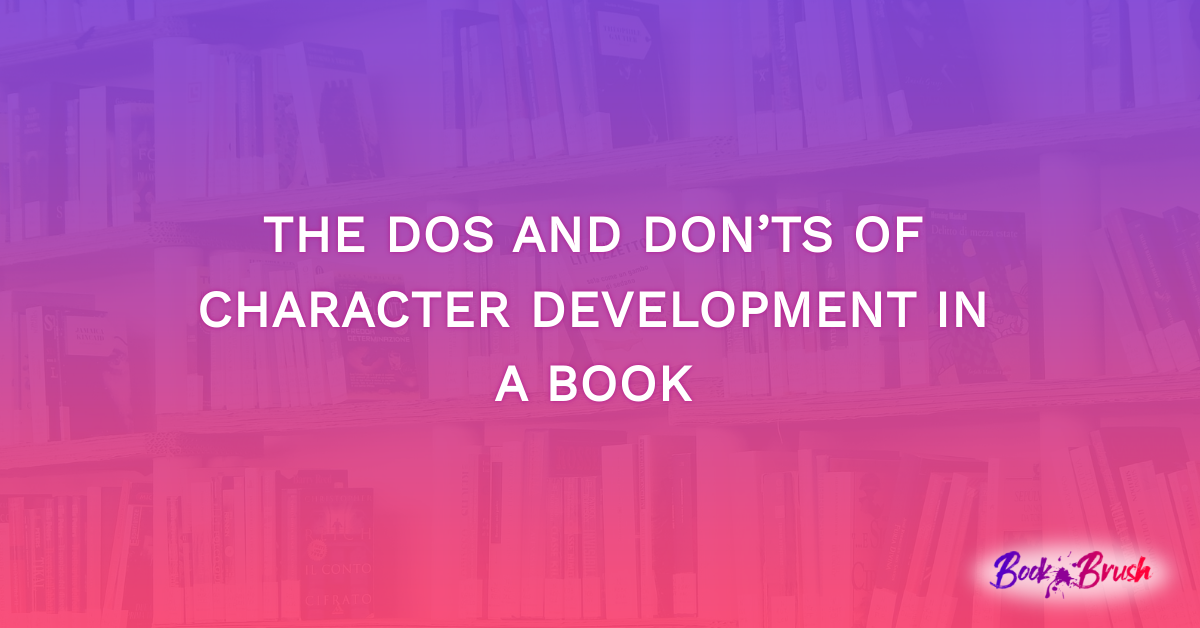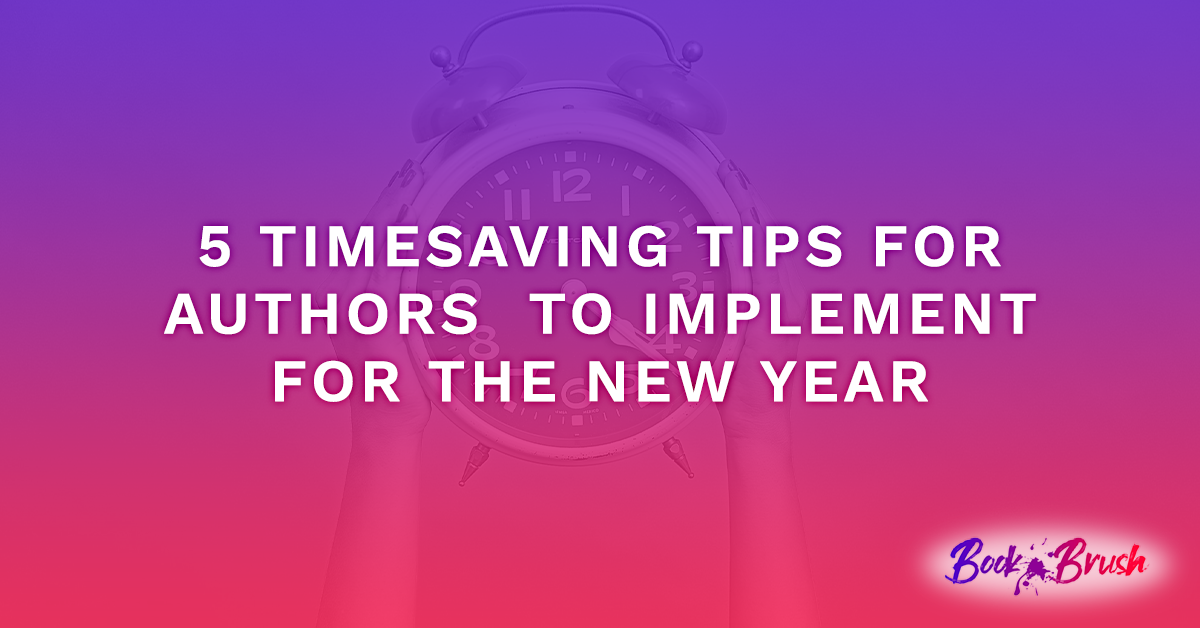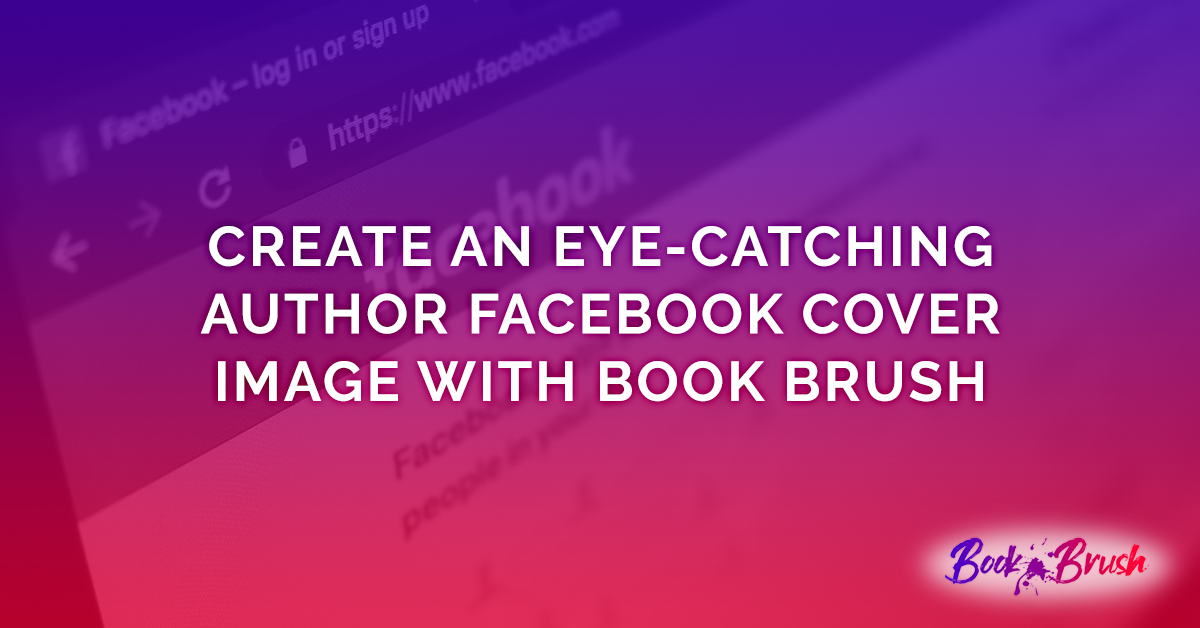Character development is incredibly important to have in a book. Character development is the process of how a character develops and evolves throughout the story. It makes the characters feel more realistic and allows the reader to feel more connected to them. Character development involves giving the character growth arcs, personalities, goals, flaws, and more. This process can seem a little daunting when writing a book with how much detail you need to include. If you feel stuck – don’t worry! Below, we’ve listed the do’s and don’ts of character development in a book to help you through the process.
The Do’s
1. Don’t Be Afraid Of Flaws
When writing a book, the objective is for your readers to fall in love, connect, and relate to the character. When your character is “perfect,” it can be hard to relate to them since no one is perfect in real life. The flaw could be a physical flaw, personality flaw, or both.
2. Construct A Backstory
Setting up a backstory for your characters is important. Everyone has a story, and it helps shape a person/character. A backstory will help your readers understand the character better.
3. They Should Have Unique Traits
When describing your character’s physical features and personality traits, you should use different ones for each. When each character talks in the same tone, has the same looks, and shares the same personality, it’s not realistic. Not to mention, it’s kind of confusing for the reader when a character doesn’t have a stand-out trait that helps identify them.
4. Make Your Characters Relatable
As we’ve discussed previously, creating relatable characters is incredibly important. It allows the reader to connect with them and maybe even see themselves in that character. This helps the reader to bond with the character and love your book that much more.
5. Give Them Difficult Challenges
While no one wants to go through hard times, they are what help us grow. This can also be said for book characters. Challenges help push your character out of their comfort zone and help them develop into the person they will eventually become. Your readers will also begin cheering for the character. They will want to see the character come out on the other side and be even stronger than they were at the beginning of the story.
The Don’t’s
1. Don’t Information Drop A Character’s Backstory
When you begin sharing a character’s backstory, the last thing you’ll want to do is drop their entire life story all at once. This can become information overload, it won’t feel natural, and your reader may either get confused or they will forget certain details.
2. Don’t Be Stingy With Details About Your Character
While you don’t want to give your characters an overload of information all at once, you also don’t want to hold back on certain details about the character.
3. Let The Growth Of Your Character Happen Naturally
When your character grows throughout the story, you’ll want it to happen organically. Forcing the growth of your character will feel unnatural, unrealistic, and rushed. Instead of your readers cheering on the character, they might just be more aggravated about it than anything.
In Conclusion
While the process of writing character development seems stressful, it doesn’t have to be. With these tips, you’ll be able to go through this process with ease.
Once you’ve successfully written your book and created awesome character development, you need to now promote your book. Promoting your book has never been easier (and more fun) than with Book Brush. Book Brush is a simple tool designed for authors to create a variety of graphics to promote their books. We offer a wide range of templates you can use to create stand-out graphics. Your audience won’t be able to resist scrolling past your book without checking it out! With great character development and stunning graphics to promote your book, your readers won’t be able to put your book down.






